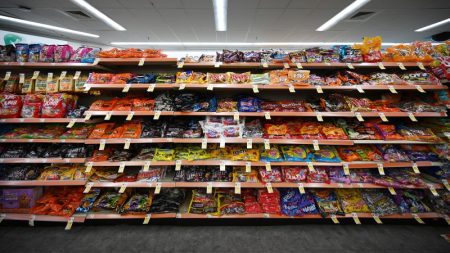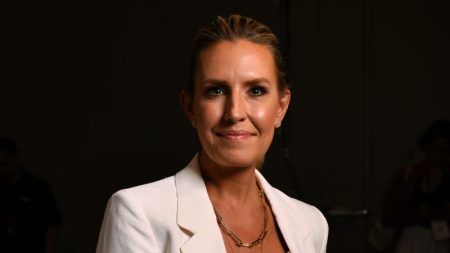The most recent US inflation report revealed that rising prices are continuing to impact American consumers. The Federal Reserve’s preferred inflation gauge, the Personal Consumption Expenditures price index, showed a 2.5% increase for the 12 months ending in February, which was higher than January’s 2.4% rise but in line with expectations. Energy prices saw a 2.3% jump last month, contributing to the overall increase in the annual inflation rate. Despite this, the Fed still falls short of its 2% inflation target.
However, the report also had some positive aspects. The core PCE index, which excludes energy and food, slowed slightly to a 2.8% annual rate from January’s 2.9%, and the monthly increase dropped to 0.3% from 0.5%. This aligns with forecasts and suggests some stability in core inflation measures. Additionally, the overall monthly pace of price increases was 0.3%, below the predicted 0.4%. Goods prices rose by 0.5% monthly, outpacing the 0.3% increase in services prices, which have been a primary driver of inflation due to labor shortages.
Consumer spending showed a surprising acceleration last month, with a 0.8% increase compared to 0.2% in January, marking the largest monthly rise in over a year. While consumer spending drives the US economy, there are concerns over the implications of this surge in spending. Many consumers have depleted pandemic-related savings, evident in record high credit card debt. Nationwide chief economist Kathy Bostjancic warned that consumers are not prepared for a potential weakening in the labor market that could impact their spending habits.
Despite the latest inflation data, the Fed’s plans to eventually cut interest rates remain unchanged. Fed officials, including Chair Jerome Powell, have indicated that achieving 2% inflation will be a challenging process. Fed Governor Christopher Waller emphasized that holding interest rates at their current level may be necessary for longer than initially anticipated to manage inflation sustainably. The Fed currently predicts three rate cuts this year, with expectations that the first may come as early as June.
The latest inflation report highlights the ongoing impact of rising prices on American consumers, with energy prices playing a significant role in driving the overall inflation rate. Core inflation measures have shown some stability, but service-side inflation continues to be a major factor. Consumer spending has unexpectedly accelerated, raising concerns about consumers’ financial preparedness. The Fed remains committed to achieving 2% inflation but acknowledges that it will be a challenging journey, with plans to potentially prolong the current interest rate stance to manage inflation effectively. Investors anticipate rate cuts later in the year as the Fed navigates the complex economic landscape.















